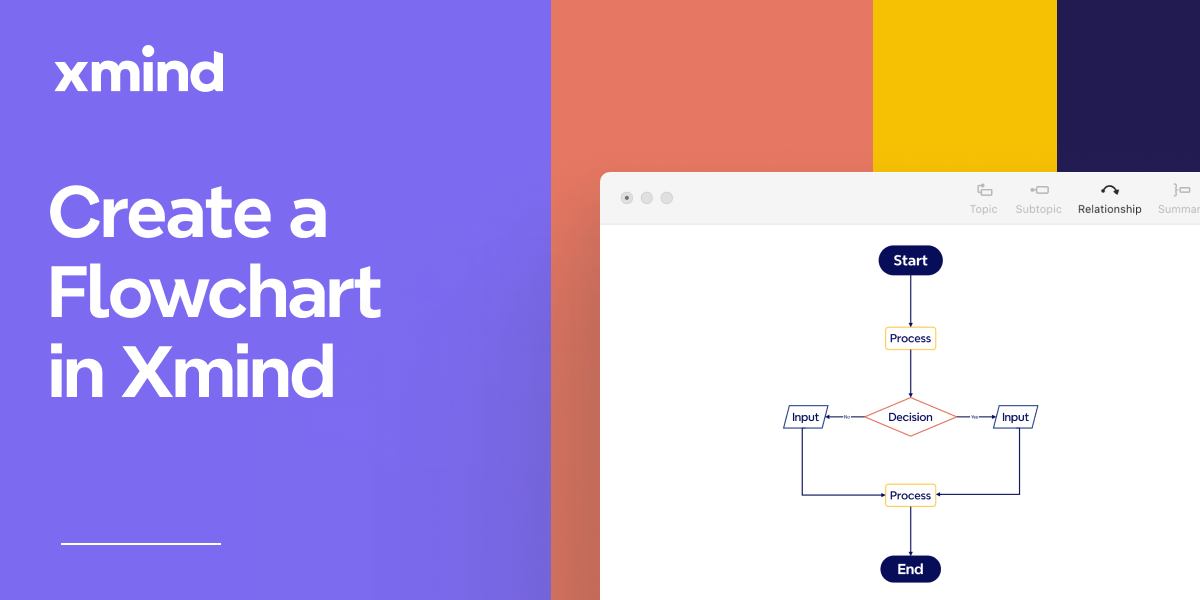Nov 11, 2022
What is Root Cause Analysis?

Nov 11, 2022
What is Root Cause Analysis?

Do you often get overwhelmed when you encounter a problem at work or in life? At first glance, it seems that you might know how to deal with it. But the more you dig in, the more you would find that you are only touching the surface or the ‘symptoms’ of the problem. And these are not the real cause.
In order to know what the actual causes are, we can apply the Root Cause Analysis to approach the real answer.
What is Root Cause Analysis (RCA)
Root Cause Analysis is a structured approach to problems that progressively identifies and addresses the root causes of a problem, rather than focusing only on the ‘symptoms’ of the problem. RCA encompasses tools, techniques, and methods we can use to identify the real ‘itch’.
Before attempting root cause analysis, you need to identify and define the problem that needs to ‘root’ from.
For instance, what exactly happened and describe it in as much detail as possible; At what stage in the process was the problem discovered?; When was the problem discovered?
You also need to review all of the information collected to identify possible problems based on facts and data.
Methods in Root Cause Analysis
5 Whys Analysis
Simply put, 5 Whys Analysis is to continuously ask 'Why' to branch out possible causes from a problem to the point its root cause is revealed. Although it’s called the 5 Whys Analysis, there are no limited times to ask whys. Sometimes it may only need three times to discover the root cause, but with complexity levels up in a problem, you also need to go deeper into the questions.
But kindly note that you need to ask in the right direction:
- Always asking ‘whys’ towards the direction of [solving the problem]
- Do not make yourself to be excluded from the problem
- Always look for the controllable factors
In this mind map, we lay out for you the basic logic behind the 5 Why Analysis. Each factor is a result after asking whys. Evaluate the factor and take it back to see if it contributes to the main problem, then apply actions.

The 5 Whys Analysis also works in a reverse verification fashion. When you touch base with the root cause, you would find it linearly connects the upper level of factors.

Fault Tree Analysis (FTA)
Fault Tree Analysis (FTA) was first proposed in 1962 at Bell Laboratories by H.A. Watson. FTA uses a logical approach to visualize the work of both qualitative and quantitative analysis, which makes it the most important analysis method in safety systems engineering. FTA starts from a possible accident, top-down, layer by layer to find the direct cause of the top event and indirect cause events until the root causes are discovered.
FTA diagram is used to express the logical relationship between the events, and a technique of system analysis that identifies all possible causes of an individual potential failure.

FMEA
The full name of FMEA is Failure Mode and Effects Analysis. FMEA, strictly speaking, is an engineering risk assessment tool that helps engineers determine a clear priority from a large list of problems that need to be improved, and then take corrective actions for the priorities.
Some management will also use FMEA to help make better decisions. In addition, FMEA is also used to prevent future errors and reliability failures.


Fishbone
Fishbone analysis or Ishikawa diagram, also known as cause-and-effect analysis, was developed by Japanese management guru Shin Ishikawa. It is a method of analysis that looks at the ‘essence’ through the phenomenon and helps quickly identify the root cause of a problem.
The basic principle of fishbone analysis is to identify the major causes of a problem (as the head of the fishbone), and then continue to subdivide the major causes into smaller causes (fishbone branches), and so on, until we find a solution to solve the problem.

Takeaways
Root cause analysis is a step in an organization's problem-solving exercise, and there are many root cause analysis tools that organizations can use. While some of these activities can be performed by one person on behalf of the organization, often the best results are achieved by cross-functional teams. As the team is put in place, the chances of finding the actual root cause increase.
Reference
More Posts
What Is a Venn Diagram: Definition, Applications, and Examples
A Venn diagram is a visual tool to show the logical relationships between different sets. It is commonly used in mathematics, statistics, logic, education, and business to illustrate how sets intersect, overlap, and differ. By understanding Venn diagrams, you can simplify complex data and enhance your analytical skills. This article will explore what a Venn diagram is, its benefits, how to create one using different tools and provide examples and templates to get you started. For a seamless experience in creating Venn diagrams, we recommend using Xmind or Xmind AI for their powerful features and user-friendly interface.

How Mind Mapping Tools Elevate Project Management
Explore how mind mapping tools can elevate your project management process. Learn how these tools enhance workflow efficiency, improve team collaboration, and simplify complex project tasks. Whether you're planning, organizing, or tracking projects, discover the benefits of integrating mind mapping into your project management strategy.

Flowchart Essentials: Definition, Templates, and Free Softwares
Discover the power of flowcharts with our detailed guide. Learn what a flowchart is, explore practical use cases, and discover how to create and optimize them using softwares like Xmind and Xmind AI for enhanced workflow efficiency.


One space for all your ideas
Organize thoughts, visualize structures, connect ideas, and unlock insights.
Get Started for Free


